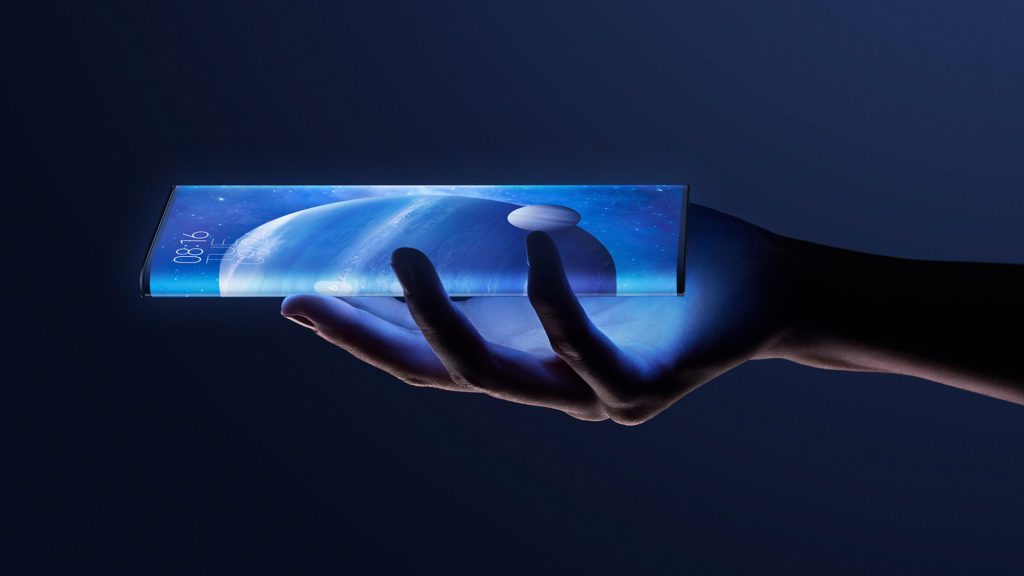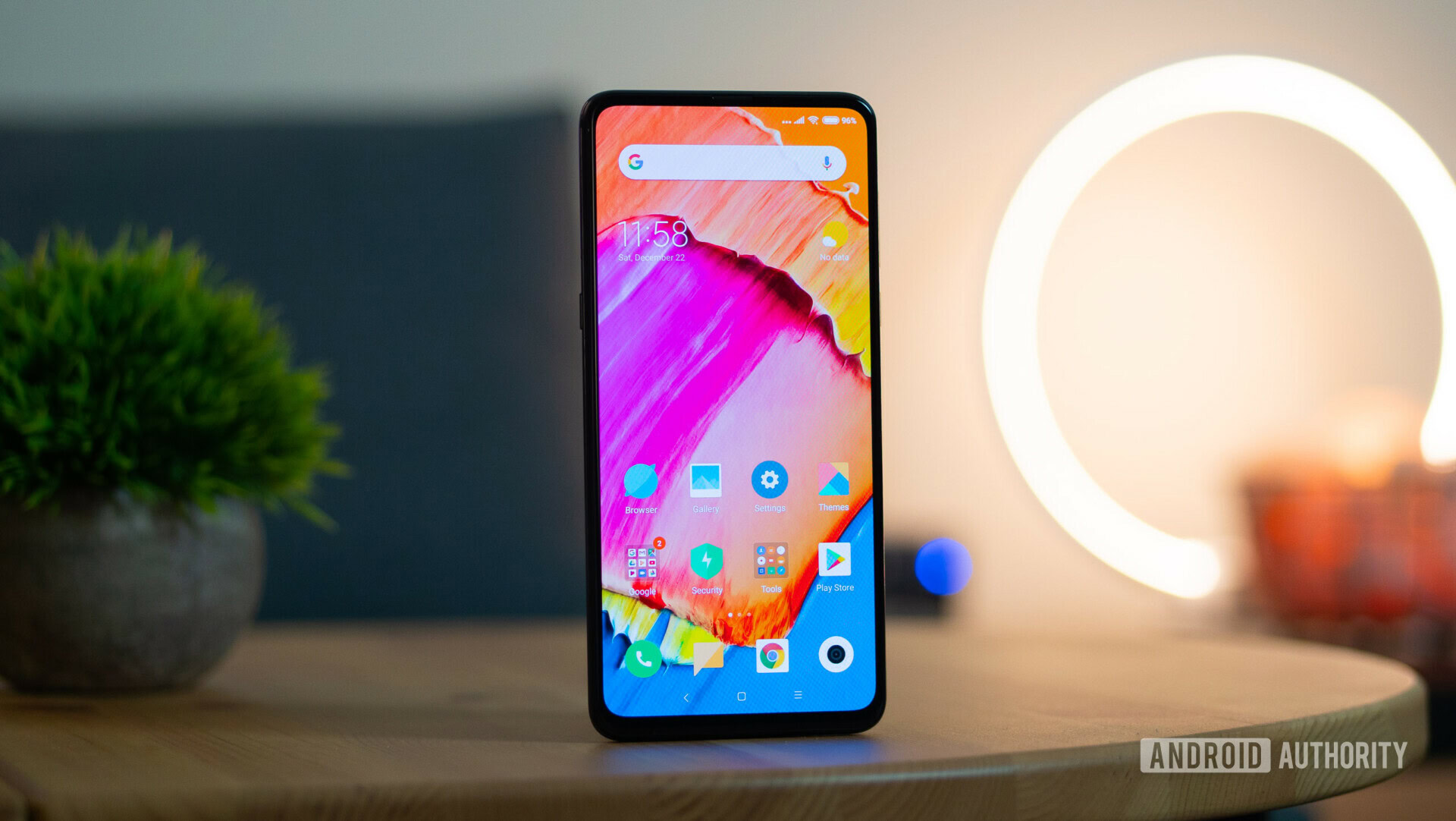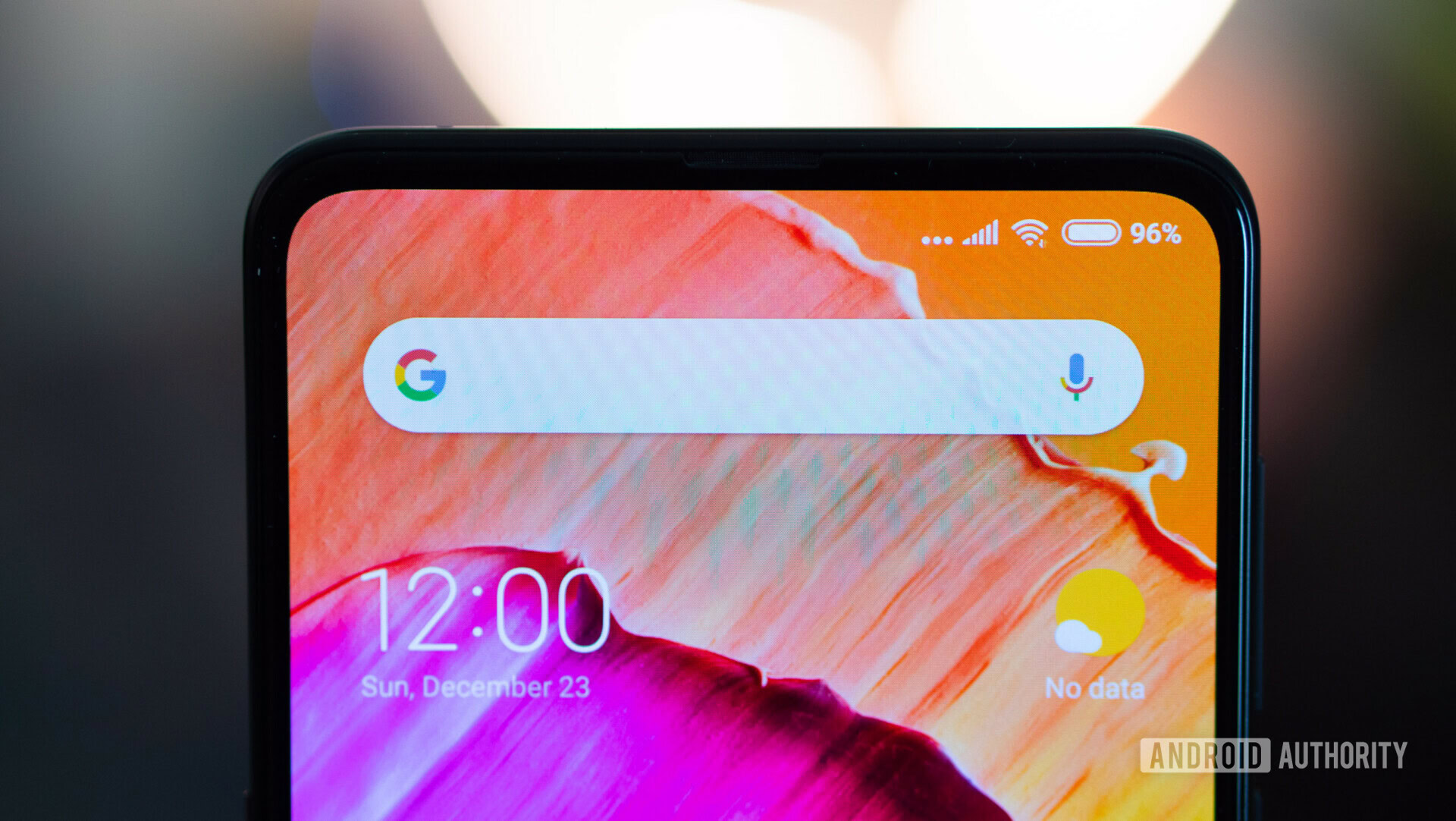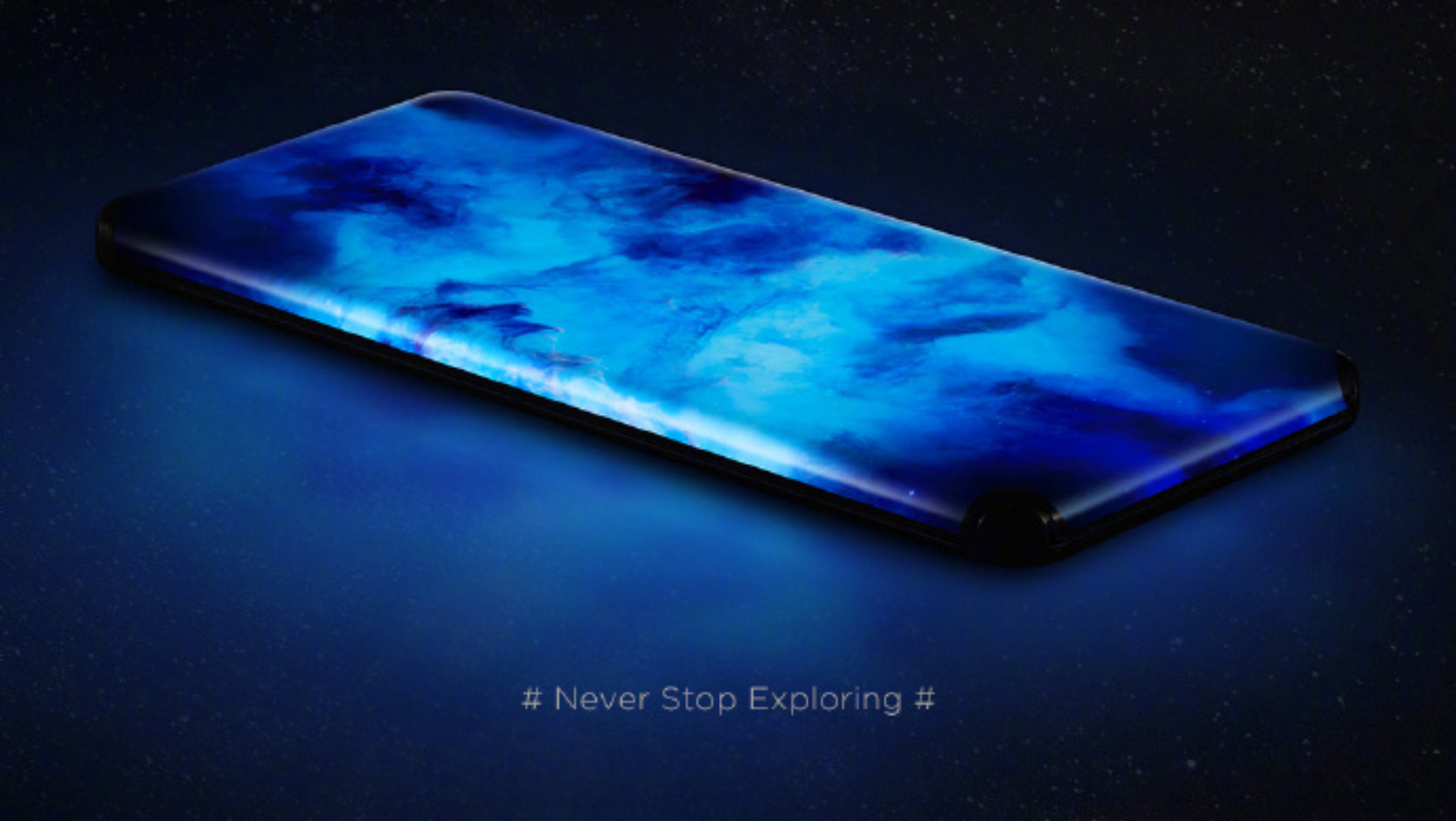Affiliate links on Android Authority may earn us a commission. Learn more.
Who asked for Xiaomi's portless concept phone?
February 11, 2021
Xiaomi’s portless phone may just be a concept, but there’s little doubt that it ruffled some feathers. The absence of basics like buttons or a side frame is audacious even for a company well-known for pushing boundaries. Virtually all the ‘rules’ of phone design have been thrown away, and that’s leaving some people livid.
As with the portless phone prototypes from before, though, Xiaomi’s example begs a question: who really asked for this? It’s easy to say “no one,” but the truth is more complex than that. While you might not be thrilled as a user, there is a reason for this phone’s existence… and it might be useful even if nothing like it ever comes to market.
It’s not the users

It’s safe to presume everyday users didn’t ask for Xiaomi to make its portless, bezel-free phone. Many people are still bitter about headphone jacks going away, let alone ports, buttons, and bezels. It’s also easy to find phone enthusiasts that despise waterfall displays on existing phones, and the quad-edged screen of Xiaomi’s design would only make things worse. Some Apple fans balk at the thought of a portless iPhone — imagine how those Android fans used to play-it-safe connectivity would feel.
See also: Xiaomi buyer’s guide
Simply speaking, Xiaomi is butting up against the practical realities of phone use. If HUAWEI’s folding phones with outward-facing displays seem overly fragile, Xiaomi’s quad waterfall screen is a costly accident waiting to happen. Buttons, bezels, and SIM card slots offer reassuring experiences, even if they aren’t strictly necessary. And as much as wireless charging and syncing have improved, they still trail behind the speed and reliability of their wired equivalents.
It wouldn’t be all bad. Next-gen under-display camera tech would create a seamless experience when browsing the web or watching movies. Still, it’s clear Xiaomi’s portless phone is more a theoretical exercise than a reflection of sincere demand.
A portless phone still helps Xiaomi move forward

However, it’s the very act of conducting a theoretical exercise that makes all the difference. At the least, this concept helps Xiaomi determine if a portless, mostly screen phone has a receptive audience. It still learns something even if the answer is a resounding “no.”
Consider the response to the original Mi Mix. Its nearly all-screen design was polarizing at the time, and that bottom-mounted selfie camera was ultimately a mistake. But it taught Xiaomi more than a few things about phone design, and the lessons it learned were helpful for both Mi Mix sequels and the firm’s overall phone lineup. What seemed radical in 2016 became relatively pedestrian several years later.
There are design skills that could prove useful, for that matter. As Xiaomi explained, the quad-curved waterfall display required custom glass processing equipment and new techniques. It also had to rethink the internals of a phone without applying the usual constraints. Xiaomi can use the know-how gained from manufacturing its portless phone to build far less exotic products.
Expect more experiments

Given those benefits, it won’t be surprising if Xiaomi follows up its portless project with more experimental phones, no matter how outrageous they may seem. The company stands to lose very little. Any money it pours into development could easily pay dividends if its overall product lineup is more exciting. The concept could also burnish Xiaomi’s reputation as a forward-thinking brand, much like a”halo” supercar can bring you into a dealership.
This isn’t to give the company a free pass. You’ll be well within your rights to complain if Xiaomi releases a phone with some painful mistakes, whether it’s portless or covered in curved glass. But it’s not necessarily a problem if you didn’t ask for this handset — it only matters that Xiaomi comes away from this project with the right ideas.
